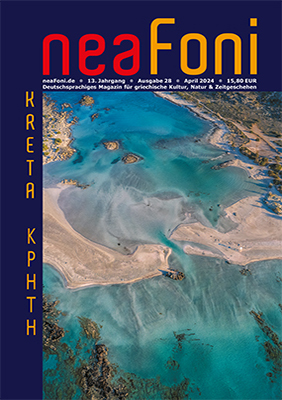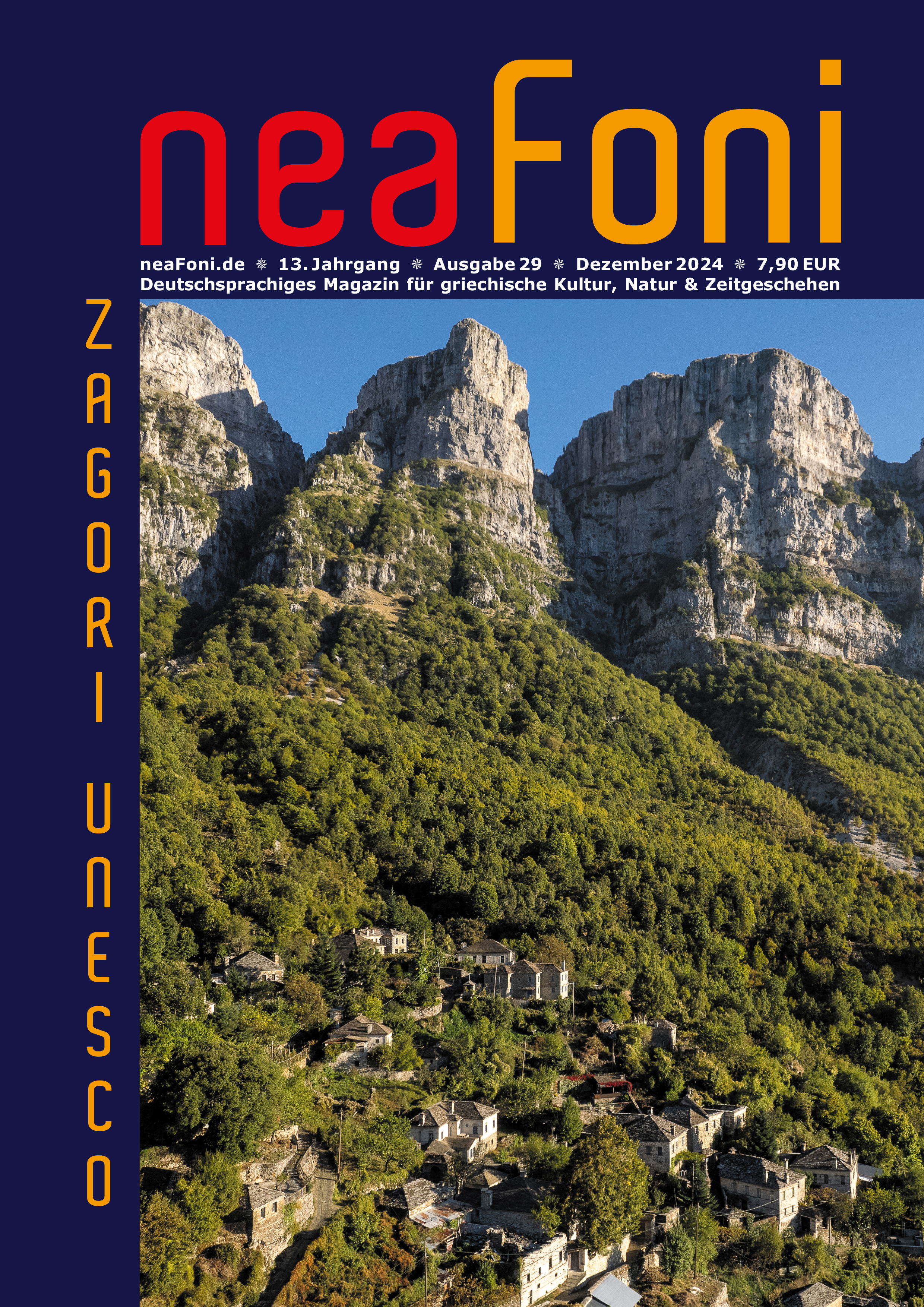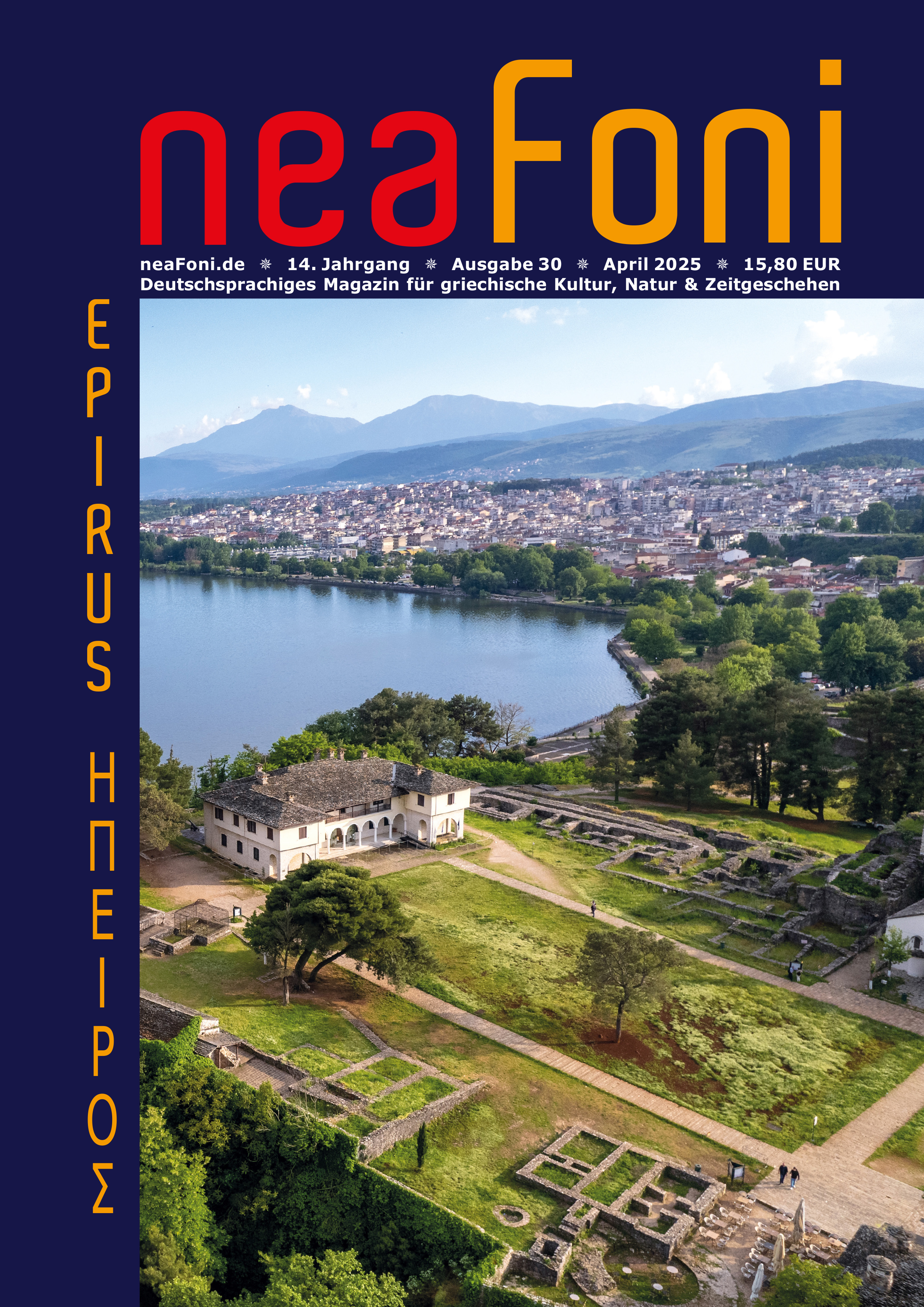Im 18. Jahrhundert war Olympia ein abgelegener, malariaverseuchter Ort, aber die Erinnerung an die glanzvolle Zeit des antiken Olympia war immer noch lebendig. Viele Anläufe wurden unternommen, bis die Ausgrabung einer der faszinierendsten archäologischen Stätten beginnen konnte.
1723 schrieb Bernard de Montfaucon, der Begründer der modernen griechischen Buch- und Schriftkunde, an den Erzbischof von Korfu: „Hier ist das alte Elis, wo die Olympischen Spiele gefeiert wurden, wo man eine Unzahl von Denkmälern für die Sieger errichtete: Statuen, Reliefs, Inschriften. Die Erde muss dort davon vollgestopft stecken.“
Auch Johann Winckelmann, der große Begründer der klassischen Archäologie, hatte ernsthaftes Interesse, Olympia auszugraben, konnte seinen Plan dann aber doch nicht verwirklichen. Aus der mehrere Meter dicken Schwemmschicht ragten damals nur die Mauern der Cella des Zeus-Tempels, ein Kapitell und römische Ziegelmauern hervor, die der englische Theologe Richard Chandler 1766 mit Olympia in Verbindung brachte.
Der Franzose Fauvel fertigt 1787 die erste topographische Skizze der Ebene an. Zu Beginn des 19. Jh. beschäftigen sich bedeutende englische Archäologen mit dem Heiligtum Olympia. 1805 notiert Oberst Leake in seinem Tagebuch: „Olympia besteht - ähnlich wie einige andere griechische Heiligtümer - nur aus einem heiligen Bezirk, einem Stadion und einem Hippodrom, aber dies auf einer größeren Fläche als jede ähnliche Stätte... Es ist aller Grund zu der Annahme, daß für Erhellung der Künste, der Sprache, der Sitten und der Geschichte Griechenlands noch die interessantesten Entdeckungen bei Nachgrabungen in Olympia gemacht werden.“
Im Jahr 1806 graben die Forscher Dodwell und Gell für einige Tage mit einigen Türken am Zeustempel, der von der ansässigen Bevölkerung als Steinbruch benutzt wird. Die erste verwertbare Lageskizze (1813) stammt von dem Architekten Allason. Der griechische Befreiungskrieg unterbrach die Suche, bis sich 1828 nach der Schlacht von Navarino, die das Gebiet Morea befreite, ein ganzes Team französischer Kartographen, Naturkundler, Historiker, Künstler, aber auch Abenteurer, im Schutz der französischen Truppen auf den Weg nach Olympia machte. Die „Expedition scientifique de Moree“ grub im Mai und Juni 1829 mit bis zu hundert Arbeitern am Zeus-Tempel, vermaß ihn und legte Teile davon frei. Die neu gebildete demokratische Regierung Griechenlands unter Kapodistrias erhob Einspruch gegen weitere Grabungen, konnte aber nicht verhindern, dass die Sieger- und Beschützermacht Frankreich die gefundenen Heraklesmetopen außer Landes schaffte und sie in den Pariser Louvre brachte, wo sie bis heute ausgestellt sind. Die Grabung selbst wurde, auch dies war damals üblich, nicht systematisch durchgeführt, die Funde nicht exakt dokumentiert. Dann wuchs wieder Gras über den Zeus-Tempel.
Einen sehr romantischen Plan hatte der deutsche Fürst Pückler-Muskau: Er war im Juli 1838 nach Pirgos gereist, um das Gelände des Heiligtums von Olympia zu kaufen. Dem Archäologen und Konservator der Altertümer Ludwig Ross schrieb er nach Athen: „Werde ich Besitzer des Grundstückes, so setze ich eine bedeutende Summe jährlich für eine systematische, erschöpfende Untersuchung des ganzen Territoriums aus und bilde von dem, was ich finde, ein Museum an Ort und Stelle“. Soweit wie möglich sollten die antiken Bauwerke restauriert und das Gebiet des Heiligtums zu einem paradiesischen Garten gestaltet werden. Doch der Fürst erhielt keine Erlaubnis, seinen Plan auszuführen.
Im Jahr 1838 besuchte der deutsche Altertumswissenschaftler Ernst Curtius, der als Hauslehrer am Hof König Ottos beschäftigt war, zum ersten Mal Olympia. Später wurde Curtius Erzieher des preußischen Kronprinzen, des späteren Kaisers Wilhelm I., den er für seinen Plan, Olympia systematisch auszugraben und zu erforschen, zu begeistern versuchte. "Wann wird der Schoß des heiligen Bodens wieder geöffnet werden, um die Werke der Alten an das Licht des Tages zu fördern! Was dort in der dunklen Tiefe liegt, ist Leben von unserem Leben. Wenn auch andere Gottesboten in die Welt gezogen sind und einen höheren Frieden verkündet haben als die olympische Waffenruhe, so bleibt doch auch Olympia für uns ein heiliger Boden, und wir sollten in unsere, von reinerem Licht erleuchtete Welt herübernehmen den Schwung der Begeisterung, die aufopfernde Vaterlandsliebe, die Weihe der Kunst und die Kraft der alle Mühsale des Lebens überdauernden Freude", sagte er seinem fürstlichem Zögling in einem Vortrag 1852. Die jahrzehntelange Beharrlichkeit von Ernst Curtius wurde schließlich belohnt. Zwei Jahre nach seiner Krönung zum deutschen Kaiser (1871) beauftragte Wilhelm I. die deutsche Botschaft in Athen, mit der griechischen Regierung einen Vertrag für die Ausgrabungen in Olympia auszuarbeiten und kam damit Heinrich Schliemann zuvor, der zu dieser Zeit ebenfalls Interesse an Olympia bekundete. Die Verträge wurden am 25.4.1874 unterzeichnet, im Jahr darauf wurde mit der Grabung begonnen. Diese Grabung war die erste in der Geschichte der Archäologie, bei der die Funde nicht in einem Museum in England, Frankreich oder Deutschland landeten oder gar auf dem Kunstmarkt verhökert wurden, sondern im Land verblieben um in dem eigens erbauten archäologischen Museum in Olympia ausgestellt zu werden.





